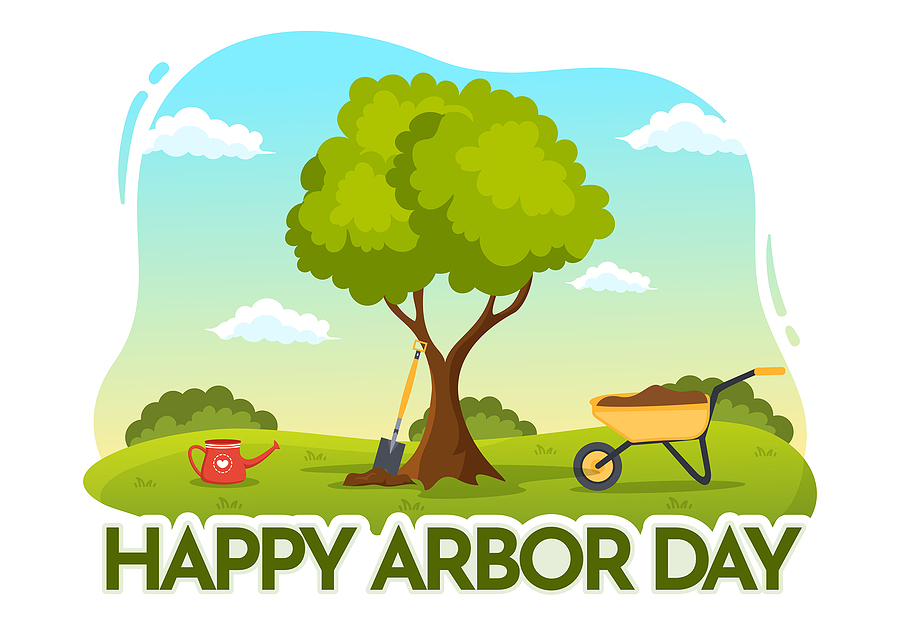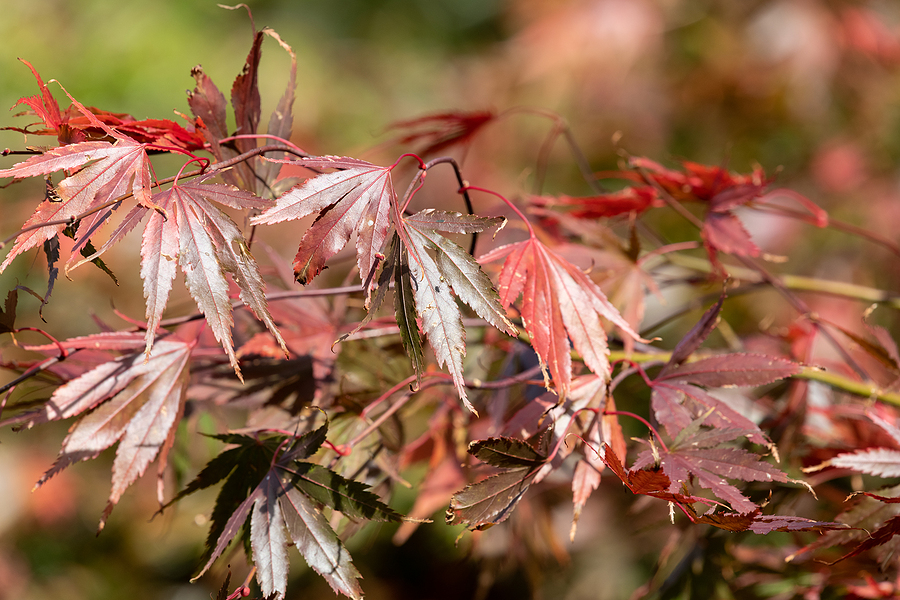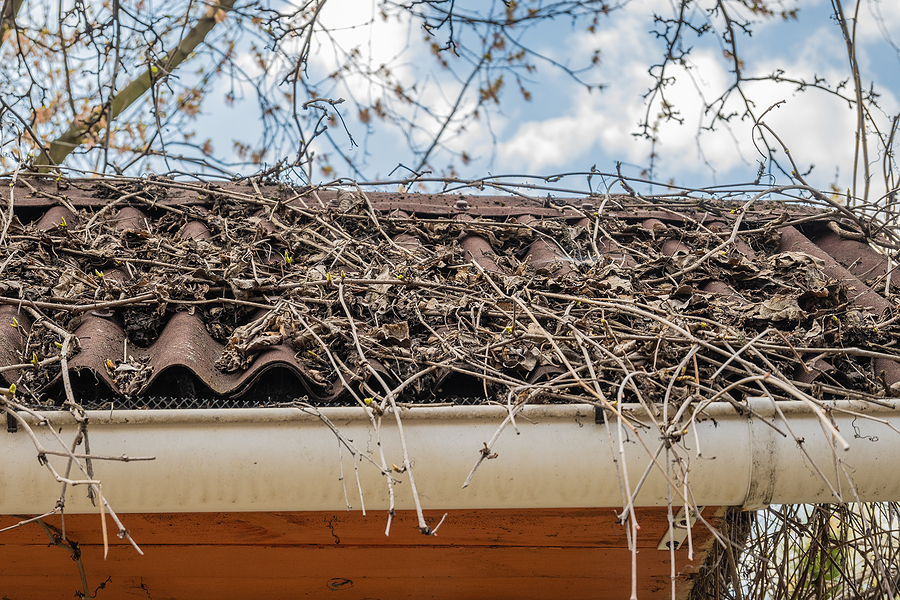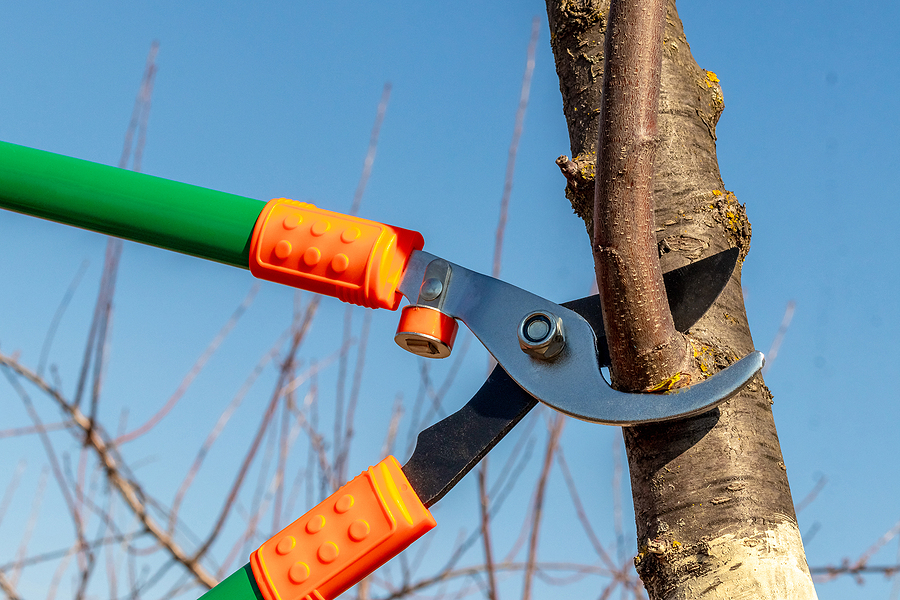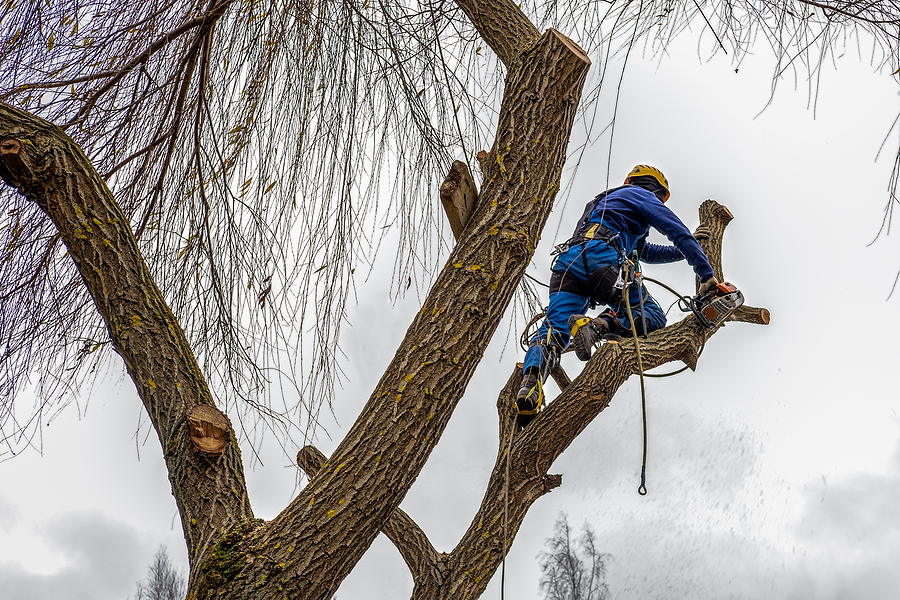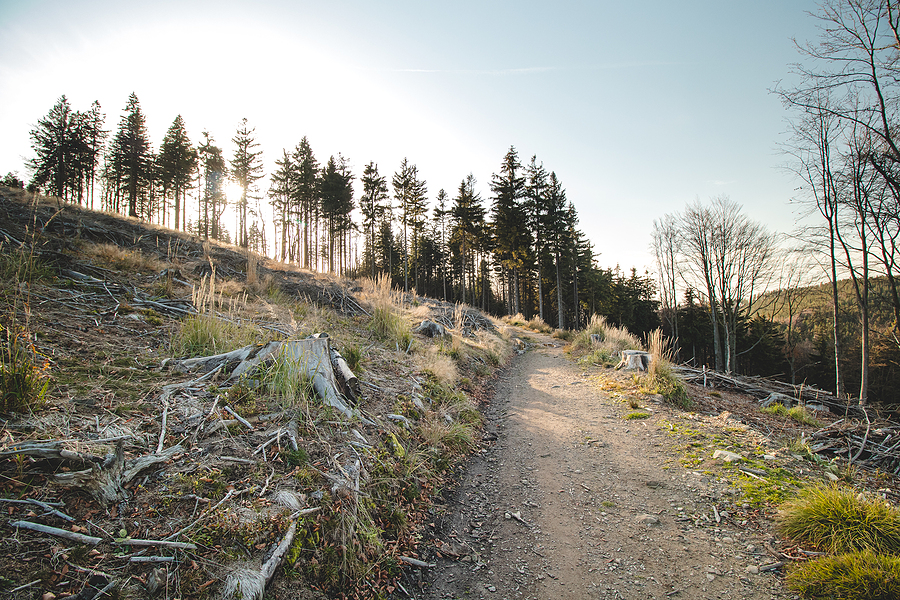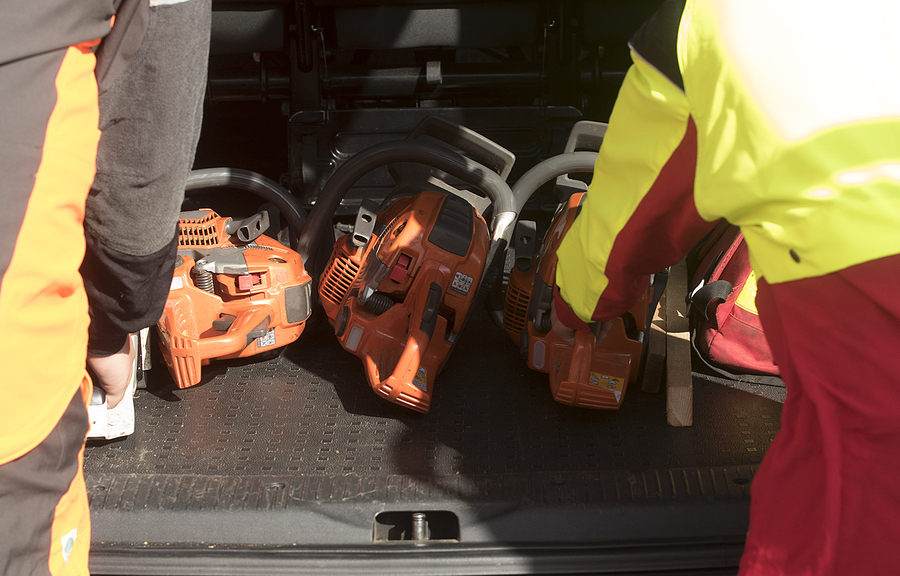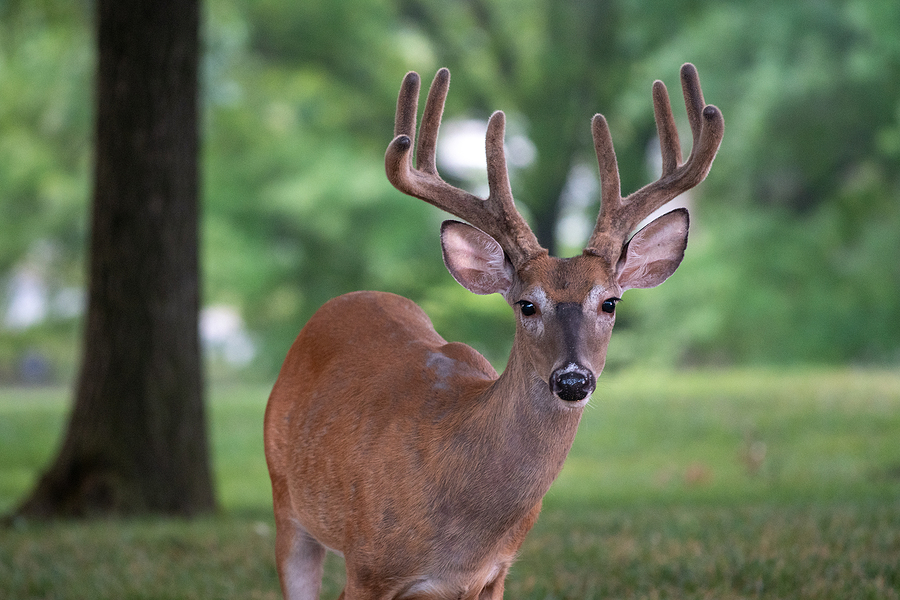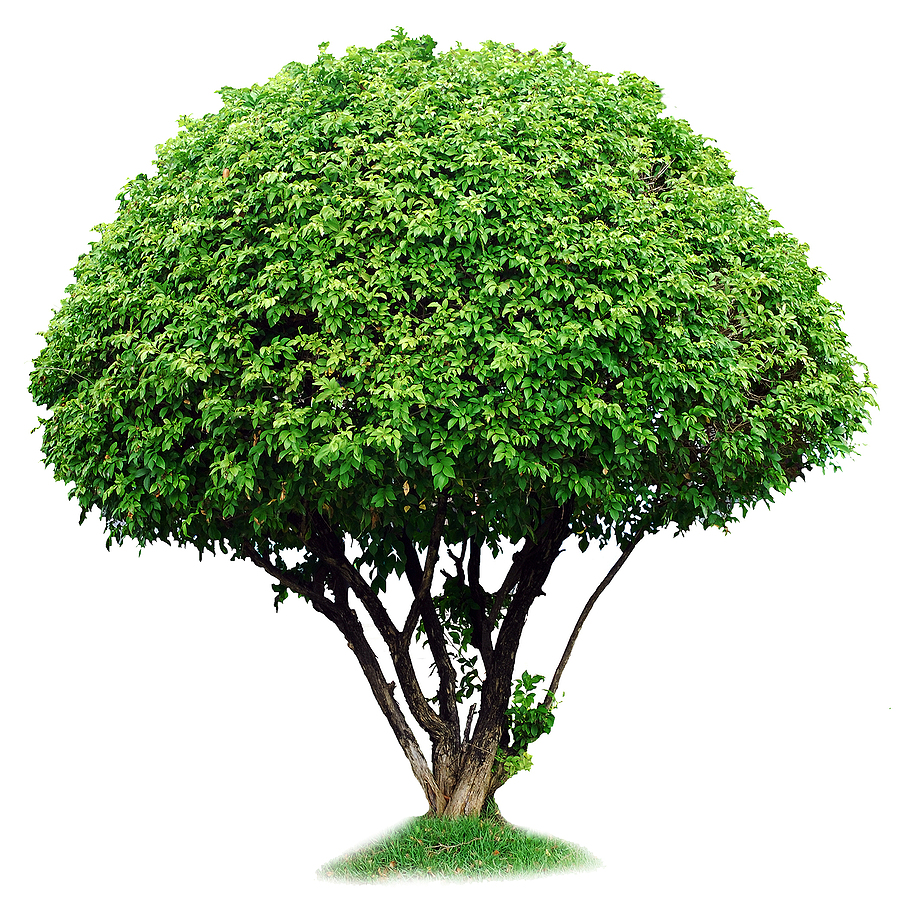Having a tree in your yard can be a great source of beauty and shade, but it does come with certain responsibilities. Tree branch removal is one of the most important tasks for keeping your tree healthy and safe. Professional tree trimming or pruning services can help remove dead branches, reduce hazards, and improve the overall health of your trees. But before hiring a professional arborist to take care of this job, you should understand what goes into the cost of these services so that you can make an informed decision about which company to hire.
In this blog post, we’ll discuss some key factors that influence the cost of professional tree branch removal services and how you can save money on these essential maintenance tasks.
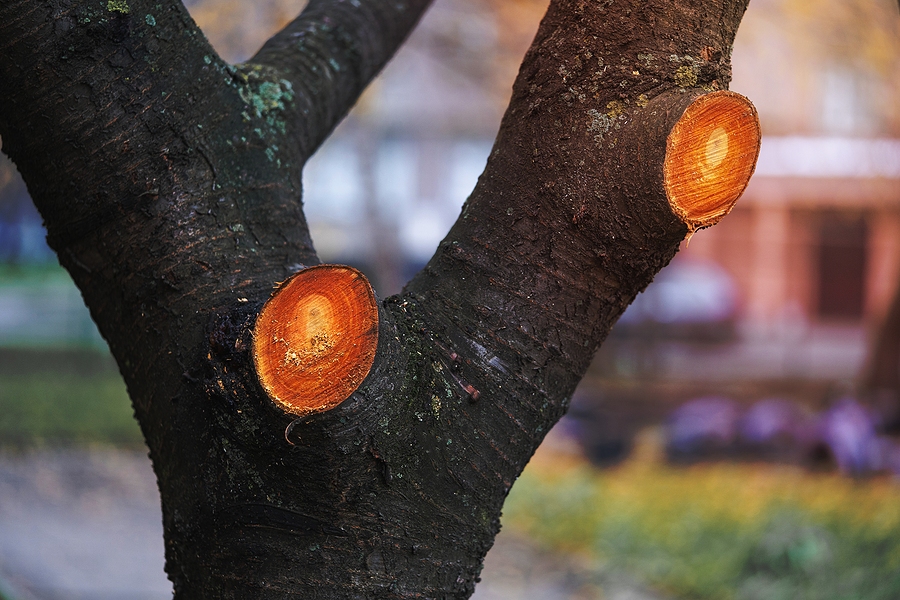
Factors That Impact the Price of Tree Branch Removal
The most important factor in determining the cost of tree branch removal services is the size and type of tree. Larger trees require more labor, equipment, and time to trim or prune properly. The age of the tree can also affect how much work needs to be done to keep it healthy, as older trees may need more extensive trimming or pruning than younger ones. Additionally, if there are obstacles around the tree such as buildings or overhead power lines that must be taken into account when removing branches, this will add to the overall cost of the job.
The Result of Regular Scheduled Tree Care
When it comes to saving money on professional tree branch removal services, one of the best ways to do so is by scheduling regular maintenance visits from your tree care contractor. This will allow them to identify any potential problems with your tree before they become a major issue and can save you money in the long run by keeping your trees healthy and preventing costly repairs. Additionally, if you have multiple trees that need trimming or pruning, it may be more cost effective to have the tree service company take care of them all at once instead of paying for individual visits per tree.
Best Time for Tree Trimming and Pruning
Tree trimming and pruning are important tasks for keeping your trees healthy and looking their best. Properly pruned trees have strong, sturdy branches that can withstand storms and heavy winds better than those with an overgrown canopy. Trimming also helps to remove dead or diseased branches that could be a hazard to people or property. Knowing when the best time is for tree trimming and pruning can help you ensure that your trees stay in optimal health year-round.
The ideal time for tree trimming depends on the type of tree you’re dealing with, as different species respond differently to being trimmed at certain times of the year. Generally speaking, it’s best to wait until after any danger of frost has passed before beginning any major outdoor projects such as tree trimming or pruning. This usually falls sometime between late winter/early spring depending on where you live in the country.
Once the weather warms up enough so that new growth appears on your trees, this is a good sign that it’s safe to begin work on them without worrying about damaging them due to cold temperatures. The best time to trim and prune trees is during the months of late spring or early summer, when there’s plenty of foliage growth. This will ensure that your trees have enough leaves to photosynthesize and stay healthy.
Conclusion
Overall, professional tree branch removal services are essential for maintaining the health and safety of your trees. Knowing the key factors that influence the cost of these services can help you make an informed decision about which company to hire and how to save money on these important tasks.
Would you prefer professional advice and service for your landscaping trees? Contact Timberland Tree Care at 317-348-0811 for licensed and insured tree trimming and pruning in Indianapolis, Indiana. We provide comprehensive residential and commercial tree service at economical prices.
Related Posts:
The Best Time of Year to Trim and Prune Trees
5 Tips for Preventing Damage from Overhanging Trees
Types of Tree Trimming Services and When You Might Need Them

